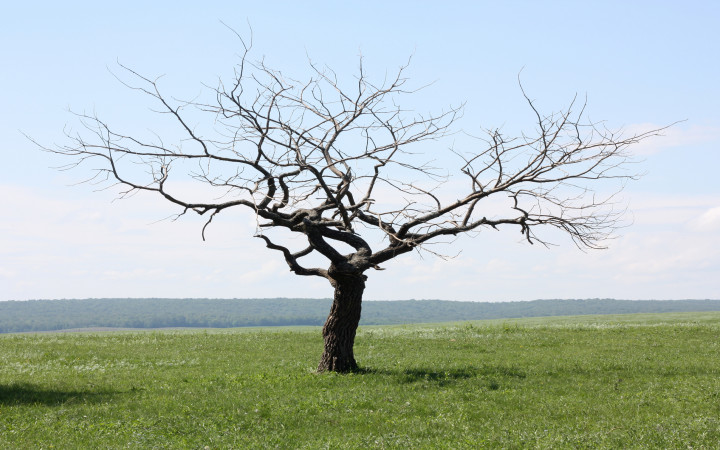Today’s Wonder of the Day was inspired by Jack. Jack Wonders, “Where Did Kauri die back come from?” Thanks for WONDERing with us, Jack!
Think back to the last time you were sick. What was it like? Did you have a cough or an upset stomach? How about a runny nose or a headache? Were you tired all the time? Being sick is no fun.
Many people don’t realize that we’re not the only ones who feel under the weather, sometimes. Plants and animals suffer from illnesses, too! When animals are sick, they show symptoms like people do. They sneeze, cough, and lie around like they’re sad. However, it’s more difficult to tell when plants aren’t feeling well.
Wouldn’t it be weird to hear a flower cough? What if a tree sneezed? Trees aren’t able to show the same signs of sickness that humans and animals do. They can’t complain about body aches or cough to let you know. So how can we tell when a tree is sick? When a tree is sick, it might lean more to one side or develop sores on its bark. Another sign is dead branches that fall off the tree. If you see any of these symptoms, the tree you’re looking at may be sick.
Has anyone ever told you to cover your mouth when you sneeze? How about to bundle up when it’s cold out? These precautions help us protect ourselves from sickness. However, trees can’t cover their mouths or bundle up! So what causes trees to get sick? Tree illnesses have many of the same causes as those people get. Bacteria and viruses infect trees to cause many illnesses. They can also get sick because of chemicals, too much or too little water, or the weather.
Other causes of tree diseases don’t usually affect humans. Trees get sick because of insects and mites that damage their leaves. Fungi can also make trees sick, as can bad soil and weeds. Animals like elephants, deer, and rodents damage trees by eating them, but trees normally recover from those injuries.
Have you ever had a common cold? How about an ear infection? These are common illnesses for people. The most common illness in trees is anthracnose, which attacks a tree’s leaves, twigs, flowers, and fruits. Another illness that’s had a lot of attention lately is kauri dieback. It attacks the roots of kauri trees and hurts them badly.
Most people would want to help a sick tree. What can they do? The best thing to do for a sick tree is to contact an arborist. Arborists are tree experts who have plenty of experience with helping sick trees. They can identify illnesses, treat the tree, and give you tips for how to help the tree stay healthy.
Trees give us so much. They provide endless hours of fun for kids who love to climb, swing, and lie beneath their branches. They give us shade on hot days and shelter during surprise rainstorms. Trees even give us the air we breathe! The least we can do is watch for symptoms of sickness and help them stay healthy. Keep an eye on the trees around your home, school, and community. They may need your help!
Standards: NGSS.LS1.A, CCRA.L.3, CCRA.L.6, CCRA.R.1, CCRA.R.2, CCRA.R.4, CCRA.W.2, CCRA.SL.1, CCRA.SL.2




